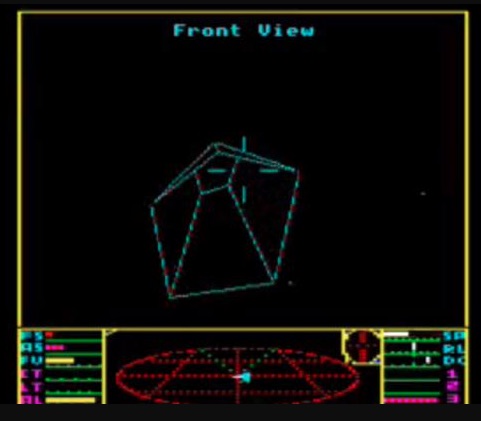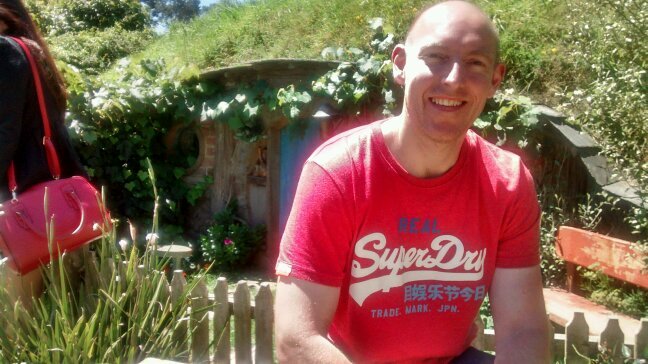$20tn Asteroid
Why This $20 Trillion Asteroid Won’t Make Larry Page Rich(er)

Recently it was reported that a Page-backed startup called Planetary Resources is planning a mission to mine an asteroid called Amun 3554 that contains an estimated $20 trillion worth of resources including $8 trillion of platinum. It is easy to see why it is such an attractive target for a futuristic space mining operation.
If any venture were ever able to recover these resources, however, they would quickly discover they are far less rich than estimated based on the current prices of resources here on earth. The reason is, of course, the prices of the resources are correlated with the relative scarcity of the material. In the event that a space miner were able to increase the abundance of the resource significantly, it would no longer have the value currently attached to it. In other words, Planetary Resources and Amun 3554 are to platinum what Captain David O’Keefe and his imported rocks were to the Stone Money of Yap.
If you are unfamiliar with the story, the ancient people of Yap, an isolated island in modern-day Micronesia, would travel by sail-driven canoe to other distant islands like Palau to quarry large calcite stone ‘wheels’ and bring them back to Yap where calcite is rare. The difficulty in obtaining and transporting these calcite wheels ensured that they remained scarce within the Yapese economy and they came to be used as currency. This traditional currency came under threat, however, with the arrival in 1874 of Captain O’Keefe who, using more modern sailing vessels and quarrying technology, was able to ‘mass produce’ the stone wheels and bring them to Yap. He initially traded them for Yapese items and materials before the stone currency became so commonplace as to be devalued.
A similar lesson can be gleaned even in the arena of the world’s oldest and most ubiquitous currency, gold. This is sometimes called the Spanish Price Revolution and refers to the period of about 150 years from the late 1400s to the early 1600s. During this period, the Spanish conquistadors were busy plundering the plentiful gold resources of the southern Americas and Mexico and bringing that gold back to Spain. The result was a significant rise in the abundance of gold in Europe which led to a 6-fold increase in prices across the continent over the period in question i.e. the value of gold in Europe declined as a result of the massive Spanish gold imports.
Interestingly, there is a parallel modern-day experiment in scarcity / abundance being carried out in the diamond markets. Diamond is actually a very common material in the earth’s crust but through market control and successful marketing, large players in the diamond market have managed to maintain the impression of scarcity and maintain high prices for their diamonds. In recent years, however, the abundance of diamonds has increased even more due the development of technologies that enable the economical manufacture of diamonds artificially. These artificially-manufactured diamonds are cheaper to produce and are of a higher-grade than mined diamonds because they are free from naturally-occurring pollutants that obscure most natural diamonds’ lustre. The large diamond players have responded by changing their marketing message to bifurcate the market into artificial diamonds which are sold at a lower price and the naturally-mined diamonds which are held to be a superior product and sold more expensively. Only time will tell if the refined marketing message will work as well as the original.
These examples illustrate why Bitcoin has become valuable, however. Bitcoin is valuable precisely because it is scarce. This scarcity is built mathematically from the idea that there are ‘scarce numbers’ which require time and effort to find. Further, it is impossible to create any abundance of Bitcoins other than those which can be found through the Bitcoin ‘mining algorithm’. In this way, Bitcoin is superior to the Yapese stones, diamonds, gold, silver and platinum. An argument might be made that Bitcoin can be replicated and this has already happened in the form of many, many ‘alt coins’ like litecoin, ethereum, monero and zcash. However if humanity settles on Bitcoin as the ‘valuable’ cryptocurrency we can rest assured that its supply will be forever limited and scarce.
This isn’t to say that Larry Page and Planetary Resources are on a wild goose chase. On the contrary, developing the technology to successfully mine asteroid-based resources would undoubtedly bring an expansion of wealth to earth and make these pioneers rich(er) in the process but the wealth will be primarily because of the additional applications made possible by the increase in the abundance of resources and in the technologies developed to recover them, not in the sustained value of the resources themselves. I wish them every success.

